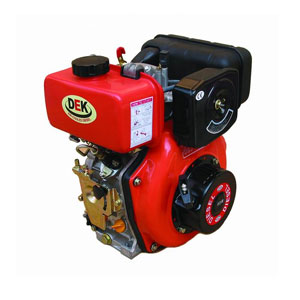
Resources
- Home
- About Air Cooling Systems
- Air Conditioner Pre Cooling System
- Air Cooling System
- Air Cooling System Design
- Air Cooling System In Automobiles
- Air Cooling System Reviews
- Air Cooling Systems FAQs
- Air Cooling Systems For Homes
- Air Cooling Systems For Offices
- Air In Cooling System Symptoms
- Car air Cooling System
- Car Air Cooling System
- Compressed Air Cooling System
- Cooling Air System
- Engine Air Cooling System
- Forced Air Cooling System
- Forced Air Heating And Cooling System
- Gas Turbine Inlet Air Cooling System
- How Do Air Cooling Systems Work
- Simple Air Cooling System
- Types Of Air Cooling Systems
- Underground Air Cooling System
- Where To Buy An Air Cooling System
Engine Air Cooling System
The engine air cooling system can be considered as the heart of the car. The system’s main function is to maintain the ideal temperature so that the engine operates at optimum level and prevent it from overheating. This is achieved by moving waste heat from the engine and into the air. In addition to this, the engine air cooling system also performs other functions, such as ensuring that engine attains the optimal temperature as fast as possible and maintaining the constant temperature level while the engine is running.
Essential Functions of the Engine Air Cooling System
Unlike the human body, the engine would need a dedicated and full-functioning cooling system for it to operate at optimal level. Most drivers have a basic understanding of the importance of the cooling system to engine performance. While we are aware that it regulates the temperature levels of the engine and other related components, the job of the engine air cooling system actually extends further.
The engine air cooling system ensures that the engine attains its required level of temperature for optimal operation as fast as possible. This condition is essential primarily because engines the run cold can lead to premature wear out of moving parts. Thus, you need to reach the operating temperature level in order to reduce wear and tear.
It is imperative for the temperature engine to rise as fast as possible in order to prevent the generated energy from being converted into waste heat. While in operation, the engine transforms the potential energy of the fuel into propulsion energy. When it is running below the operating temperature level, part of the kinetic energy are wasted and converted into heat. The main objective of the engine air cooling system is to ensure that heat production is kept to its desired level in order to draw the maximum level of power while the engine is running.
Components of Engine Air Cooling System
The main components of the engine air cooling system are:
- Thermostat
- Heater Core
- Cooling Fans
- Coolant Temperature Sensor
- Water Pump
The main function of the thermostat is to regulate the coolant flow within the cooling system by maintaining the desired level of temperature. When the coolant temperature is low, the thermostat remains closed and with the limited circulation of coolant to the running engine, the coolant temperature easily rises. This enables the engine to attain the desired operating temperature level at a faster rate. As soon as the desired temperature is attained, the thermostat automatically opens to allow the circulation of cool fluid into the engine and prevent overheating.
The heater core uses the heat generated by the running engine to maintain the ambient temperature in the passenger compartment. It works by introducing warm air into the passenger compartment as the warm coolant moves through the engine air cooling system’s matrix.
The cooling fan prevents engine overheating by pushing cool air into the fins of the radiator in order to maintain the low level of coolant temperature while the car is standing idle. The cooling fan automatically kicks in when coolant temperature reaches critical level.
The coolant temperature sensor or CTS must not be confused with the cooling system’s thermostat. As the name implies, it monitors the temperature of the engine coolant that is circulating inside the engine.
The water pump introduces coolant and helps in the circulation of coolant through the cooling system. The device operates by centrifugal force and sucks in the coolant from the inlet section of the cooling system and expels the same through the outlet section of the cooling system.
